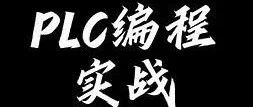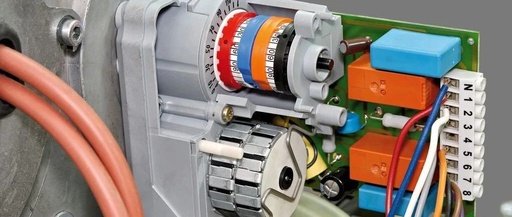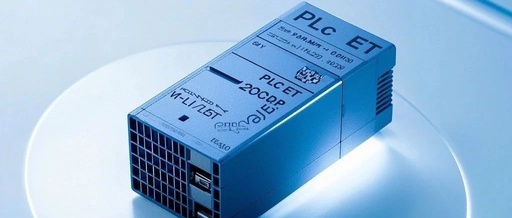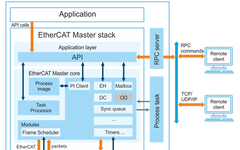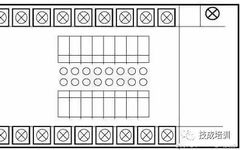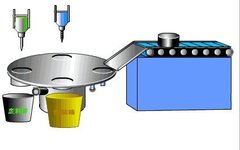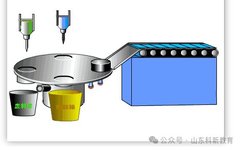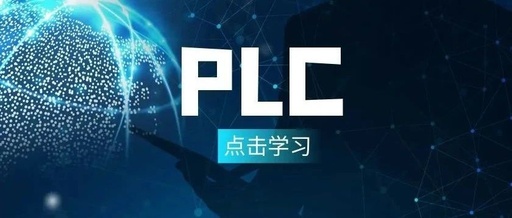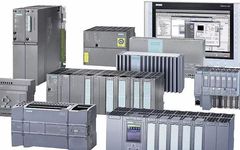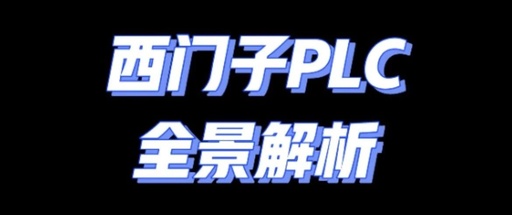Control Scheme for Industrial Waste Gas Treatment System
The industrial waste gas treatment system is crucial for environmental compliance and safe production. This article details the control scheme based on Siemens PLC, assisting enterprises in meeting emission standards. Hardware Configuration Selection of PLC and Expansion ModulesFor the control requirements of the industrial waste gas treatment system, the Siemens S7-1200 series CPU 1214C is … Read more
